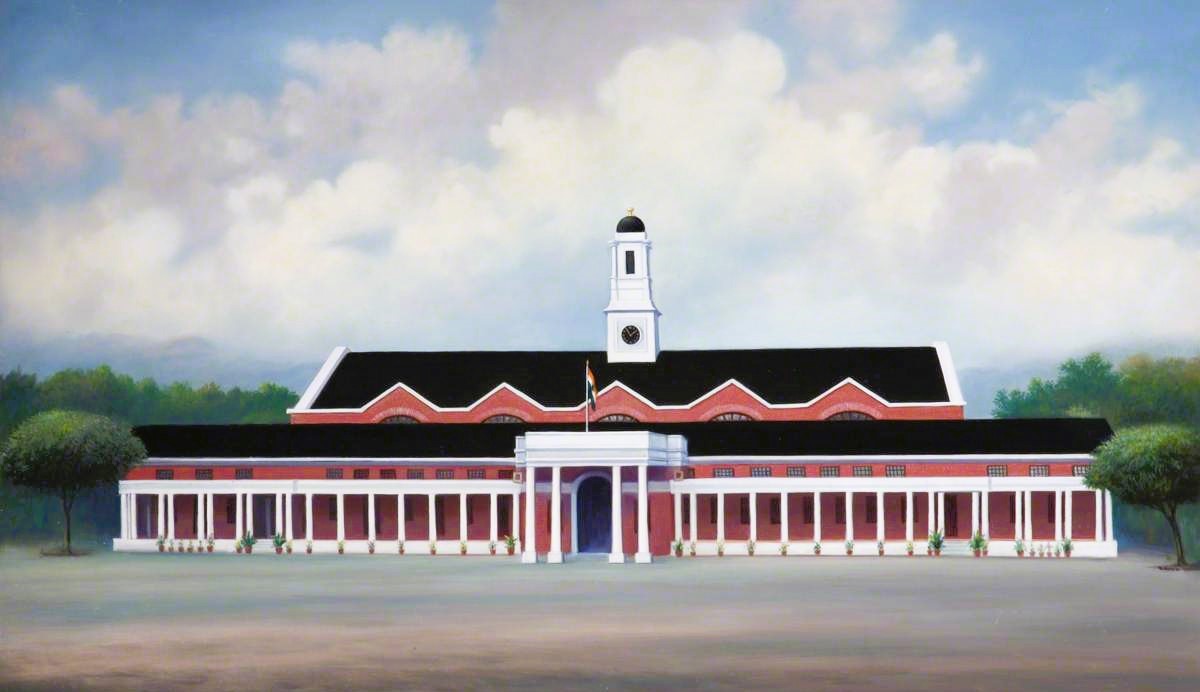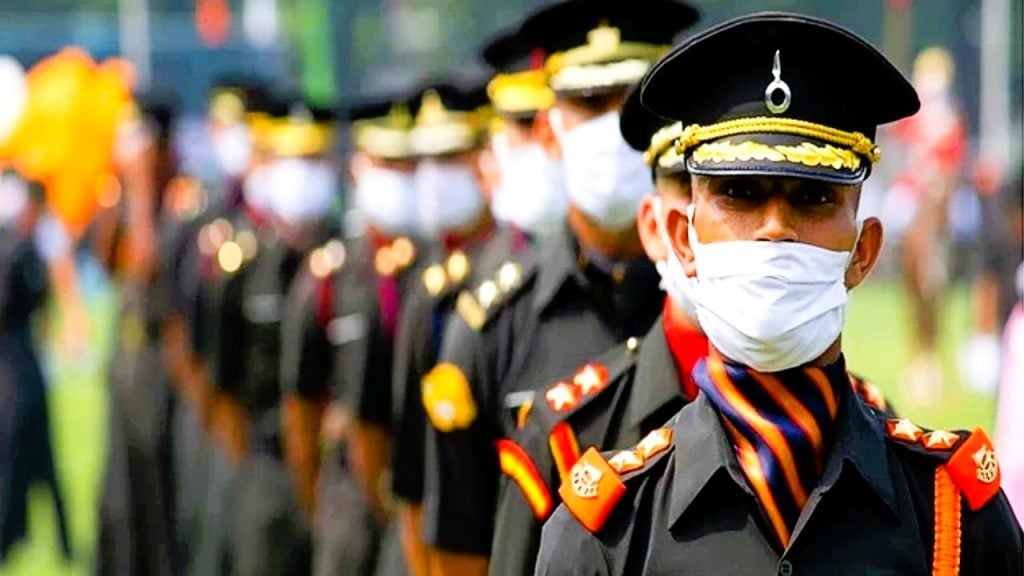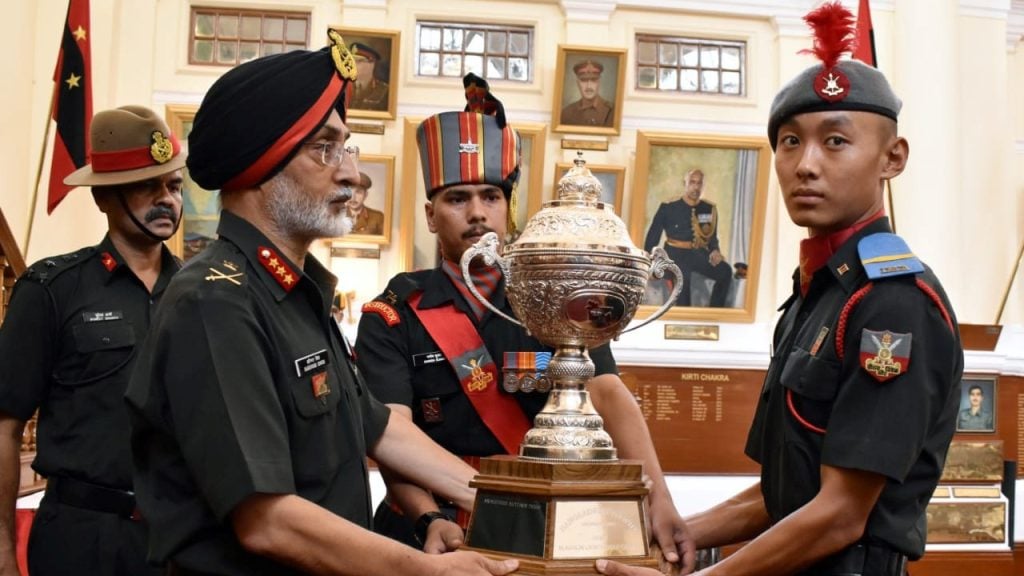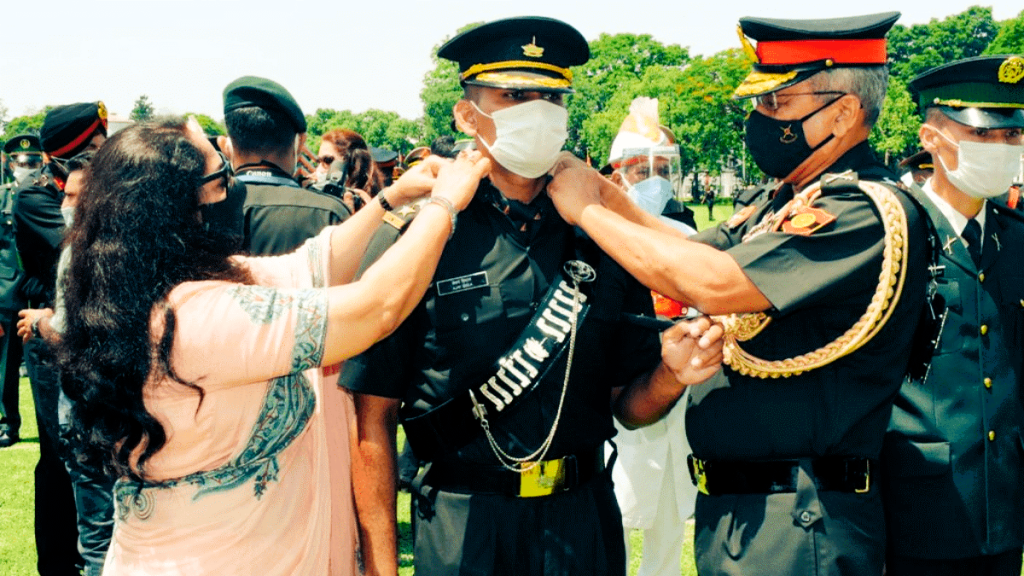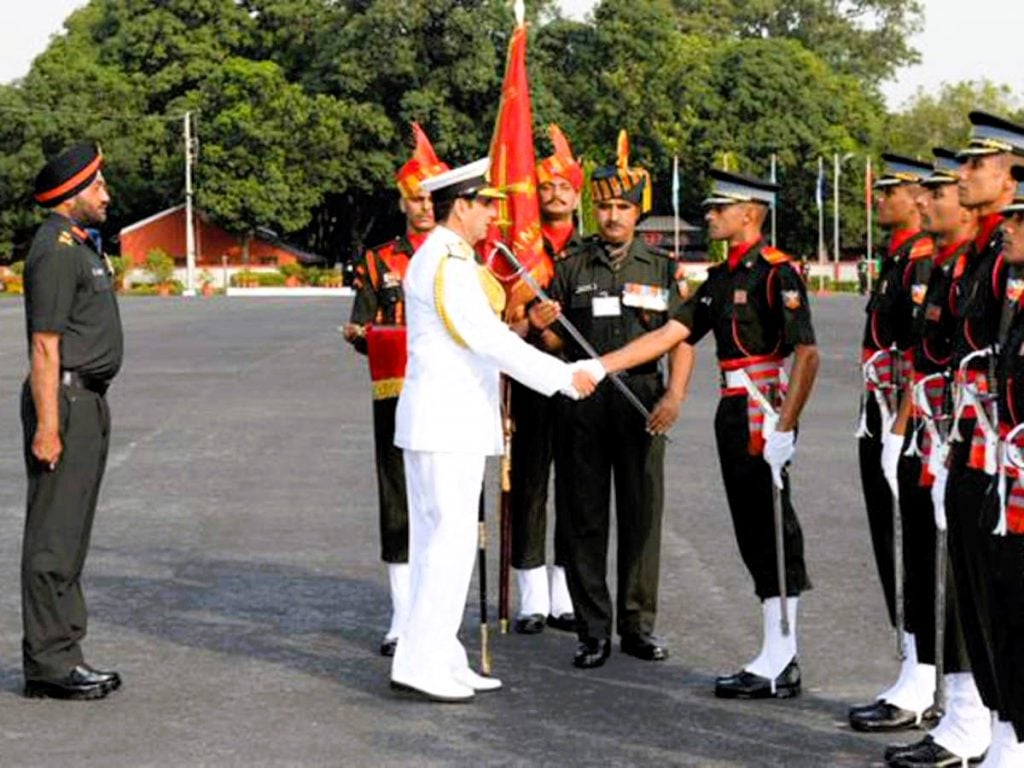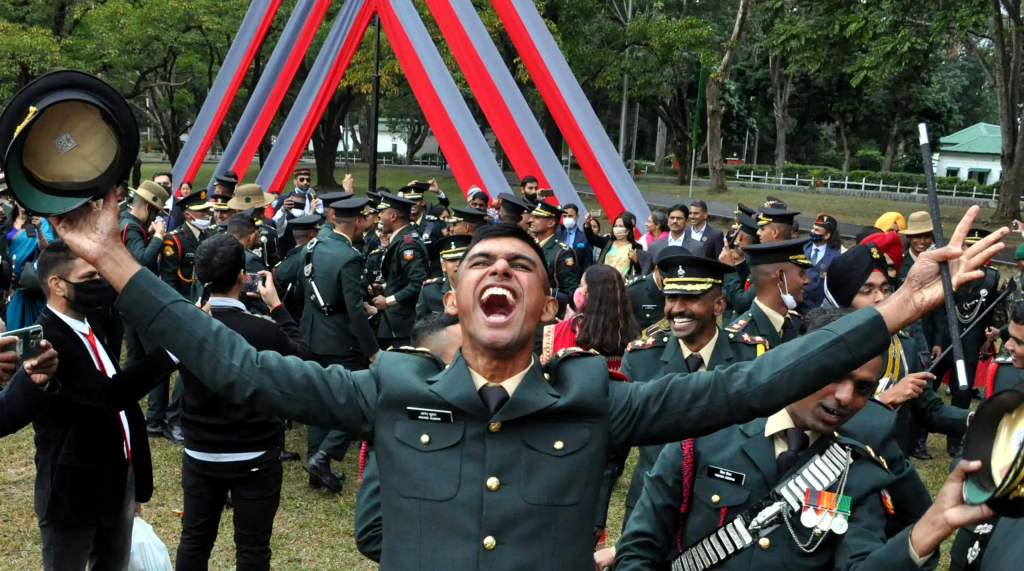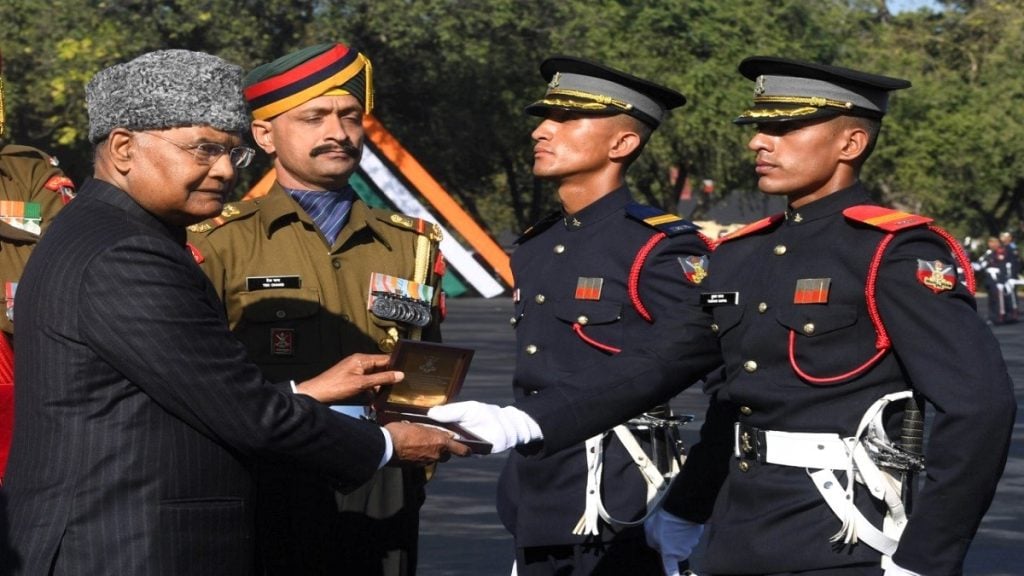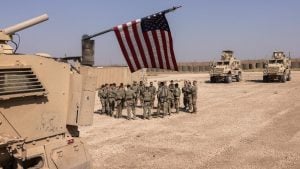The Indian Military Academy (IMA) stands as a beacon of excellence, shaping the officer corps of the Indian armed forces and beyond. Established in 1932, this prestigious institution has cultivated generations of distinguished military leaders, each imbued with the highest moral and ethical values. From its humble beginnings to its current status as one of the world’s most revered military academies, the IMA’s journey is a testament to the unwavering commitment to producing exceptional officers who serve their nations with honor and distinction.
1. The Founding Vision and Pioneering Batch
The establishment of the Indian Military Academy was the result of a meticulous recommendation by the Indian Military College Committee, chaired by the esteemed Field Marshal Sir Philip Chetwode. The committee’s vision was to create an institution that would commission 40 officers twice a year, following a rigorous two-and-a-half-year training program. Brigadier L.P. Collins was appointed as the first Commandant, and on October 1, 1932, the first batch of 40 “Gentleman Cadets” (as IMA trainees are affectionately known) began their transformative journey.
The pioneering batch, known as the “Pioneers,” graduated in December 1934 and went on to make remarkable contributions to the military leadership of India, Pakistan, and Burma. Among them were esteemed figures such as Field Marshal Sam Manekshaw, General Muhammad Musa, and Lieutenant General Smith Dun, who later became the Army Chiefs of their respective nations.
2. The Wartime Expansion and Transition to Indian Leadership
During the tumultuous period from August 1941 to January 1946, the IMA commissioned a staggering 3,887 officers, including 710 British officers for the British Army. This remarkable achievement underscored the academy’s critical role in bolstering the ranks of the armed forces during a time of global conflict.
In the post-Independence era, the IMA witnessed a significant transition, with Brigadier Thakur Mahadeo Singh, DSO, becoming the first Indian Commandant of the academy. This milestone marked the beginning of a new chapter, where the institution’s leadership and direction would be firmly rooted in the principles and aspirations of independent India.
3. Honoring Legendary Indian Military Leaders
In 1976, the IMA paid tribute to four renowned Indian military leaders by renaming its four battalions in their honor. The Cariappa Battalion, Thimayya Battalion, Manekshaw Battalion, and Bhagat Battalion, each with two companies, now stand as enduring symbols of the academy’s commitment to preserving the legacies of these esteemed figures.
10 Largest Aircraft Manufacturers In The World Today
4. The Expansion and Diversification of the IMA
The IMA’s influence expanded beyond the borders of India, as it began training officers for the armed forces of various countries, including Angola, Afghanistan, Bhutan, Burma, Ghana, Iraq, Jamaica, Kazakhstan, Kyrgyzstan, Malaysia, Nepal, Nigeria, the Philippines, Singapore, Sri Lanka, Tajikistan, Tanzania, Tonga, Uganda, Yemen, and Zambia, in addition to the United Kingdom, Pakistan, and India. This remarkable reach underscores the IMA’s global reputation and its ability to shape military leadership across the world.
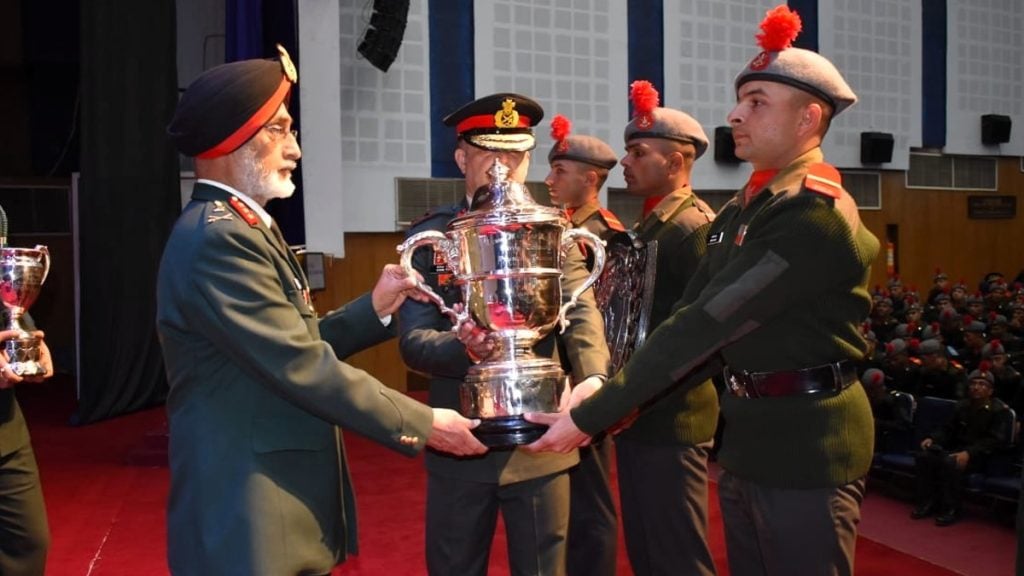
5. The IMA Museum and Its Treasures
The IMA Museum on the campus serves as a repository of the academy’s rich history and heritage. Among its prized possessions is the pistol of Lieutenant General Amir Abdullah Khan Niazi of the Pakistan Army, which he surrendered to Lieutenant General Jagjit Singh Aurora after the 1971 Liberation War, a poignant reminder of the IMA’s enduring impact on global military affairs.
5 Key Points On The US Joint Strike Fighter (JSF) Program
6. The Ethos and Values of the Indian Military Academy
The IMA’s commitment to upholding the highest moral and ethical standards is reflected in the way its trainees are addressed. They are referred to as “Gentleman Cadets,” a title that encapsulates the academy’s emphasis on character development and the pursuit of excellence. The IMA’s motto, “The safety, honour and welfare of your country come first, always and every time. The honour, welfare and comfort of the men you command come next. Your own ease, comfort and safety come last, always and every time,” serves as a guiding principle that instills a deep sense of duty and selflessness in its graduates.
7. Luminaries and Achievers of the IMA
The IMA has produced numerous luminaries who have left an indelible mark on military history. Among them is Sam Manekshaw, an alumnus who became the first in India to attain the prestigious rank of Field Marshal, the highest rank in the Indian Army. The academy has also been the alma mater of several recipients of the Param Vir Chakra, India’s highest military decoration, including Major Somnath Sharma, Captain Gurbachan Singh Salaria, Lieutenant Colonel Hoshiar Singh, 2nd Lieutenant Arun Khetarpal, Captain Vikram Batra, and Captain Manoj Kumar Pandey, whose exceptional bravery and heroism have inspired generations of aspiring officers.
8. The Global Impact of the IMA
The Indian Military Academy’s influence extends far beyond the borders of India, as it has produced several distinguished alumni who have gone on to lead the armed forces of other countries. These luminaries include General M.A.G. Osmani (Commander-in-Chief of the Bangladesh Mukti Bahini), General Yahya Khan (Commander-in-Chief of the Pakistan Army and third President of Pakistan), General Muhammad Musa (Commander-in-Chief of the Pakistan Army), General Tikka Khan (Chief of Army Staff, Pakistan Army and martial law administrator in East Pakistan), Lieutenant General Ghulam Jilani Khan (Pakistani martial law administrator), Lieutenant General Habibullah Khan Khattak (Chief of General Staff, Pakistan Army), Tun Hussein Onn (third Prime Minister of Malaysia), and General Ibrahim Ismail (Chief of Staff of the Malaysian Armed Forces).
9. The IMA in Popular Culture
The Indian Military Academy’s legacy has also found its way into popular culture, with the 2004 Bollywood film “Lakshya” being partly shot at the academy, showcasing its impressive facilities and the rigorous training regimen of its cadets. This cinematic portrayal has further contributed to the IMA’s enduring reputation and its ability to captivate the public imagination.
10. The Evolving Challenges and Adaptations
As the world has evolved, the Indian Military Academy has continuously adapted to meet the changing needs of the military landscape. The integration of the Army Cadet College (ACC) into the IMA in 1977 as the Siachen Battalion is a testament to the academy’s ability to expand and diversify its offerings to cater to the evolving requirements of the armed forces.
Top 5 Japanese Aircraft of WWII
11. The Enduring Legacy and Future Aspirations
The Indian Military Academy’s illustrious history and enduring legacy have cemented its position as one of the most prestigious military academies in the world. Through its unwavering commitment to excellence, the IMA has become a beacon of inspiration for aspiring defense personnel, both in India and across the globe. As the academy continues to shape the future of military leadership, it remains steadfast in its pursuit of producing officers who will uphold the highest standards of service, integrity, and devotion to their countries.
Conclusion
The Indian Military Academy’s journey is a testament to the power of vision, dedication, and a relentless pursuit of excellence. From its humble beginnings to its current status as a globally renowned institution, the IMA has played a pivotal role in shaping the officer corps of the Indian armed forces and beyond. As it continues to evolve and adapt to the changing times, the academy’s enduring legacy and the achievements of its illustrious alumni will undoubtedly inspire generations of aspiring defense personnel to come.
FAQs
1. What is the Indian Military Academy (IMA)?
The Indian Military Academy is a prestigious military institution established in 1932 in Dehradun, India. It is responsible for training and commissioning officers for the Indian Army, as well as for several other countries.
2. What are the benefits of Indian Military Academy?
A gentleman cadet receives a monthly stipend of ₹56,100 (equivalent to ₹66,000 or US$790 in 2023) throughout the duration of the course, as per the 7th pay commission.
3. What is the motto of the Indian Military Academy?
The motto of IMA is Valor & Wisdom (Veerta Aur Vivek).
4. What is the mess name of Indian Military Academy?
Vikram Batra Mess
5. What is the minimum height for Indian Military Academy?
Minimum height requirement for the male candidates in the India army is 157 cm.
